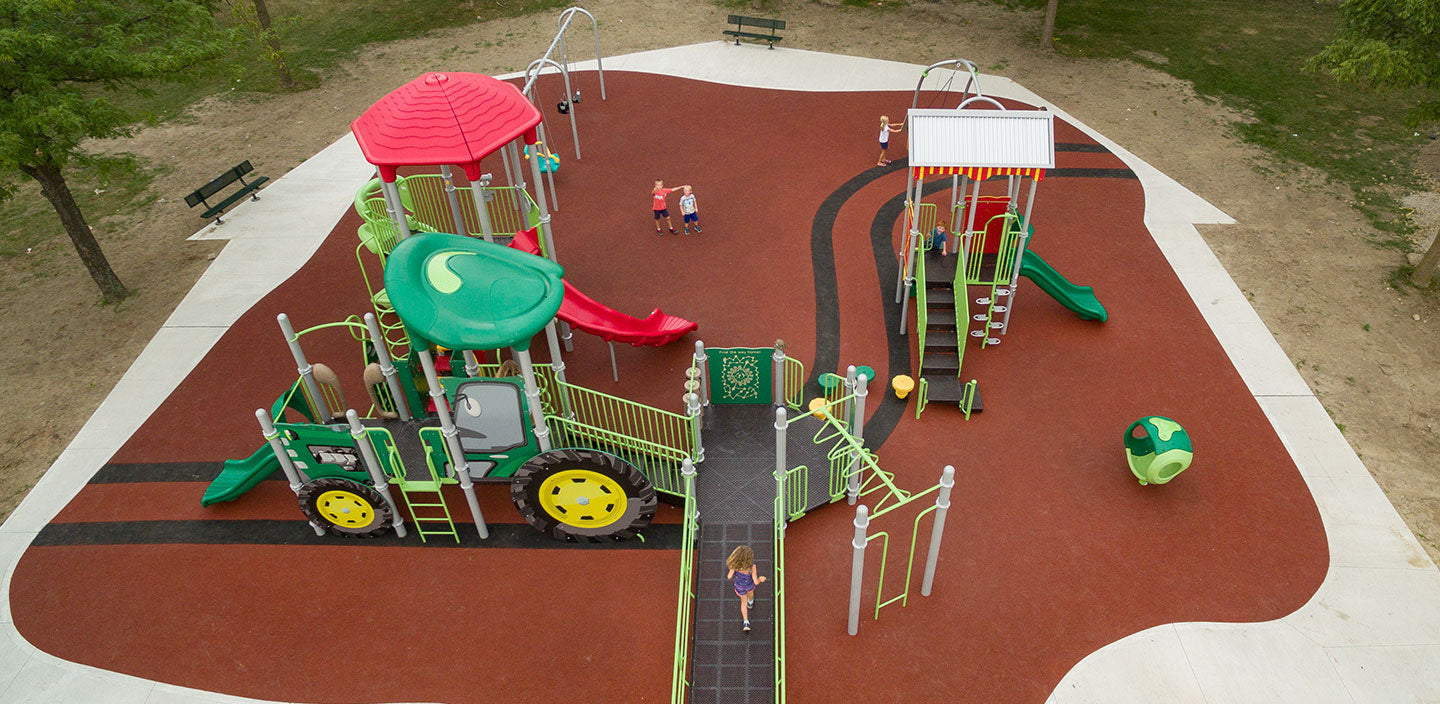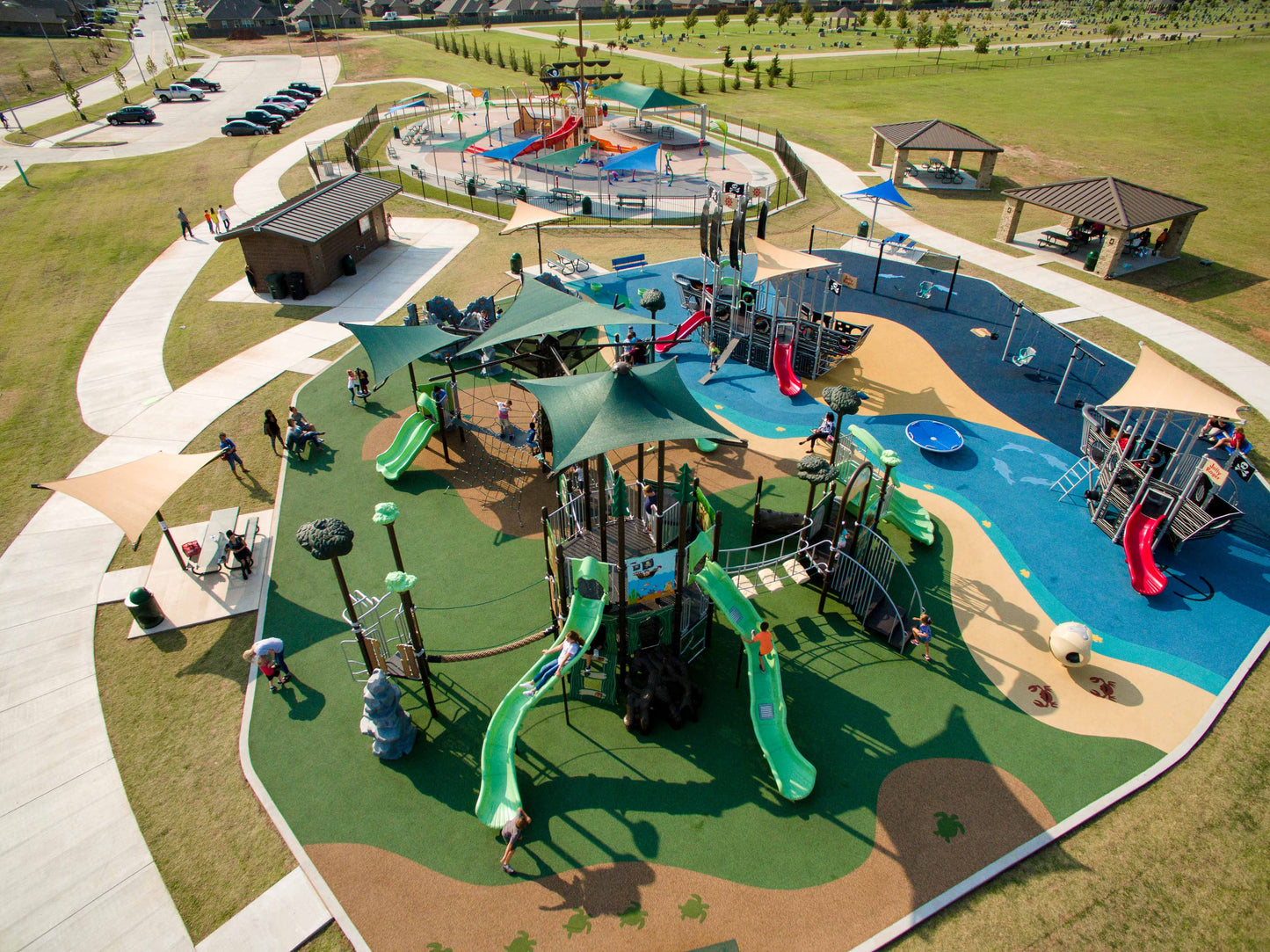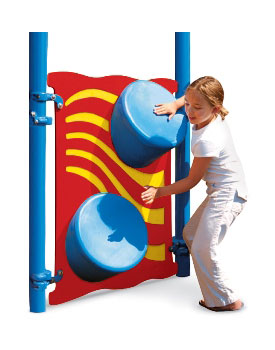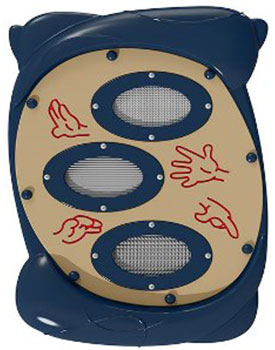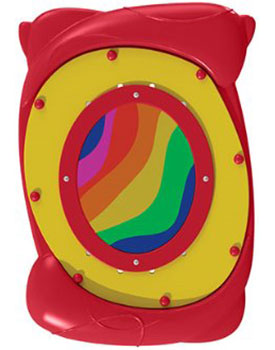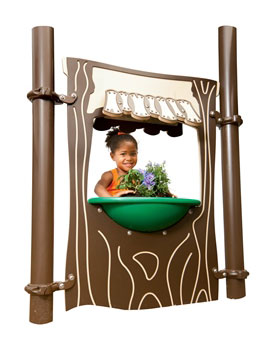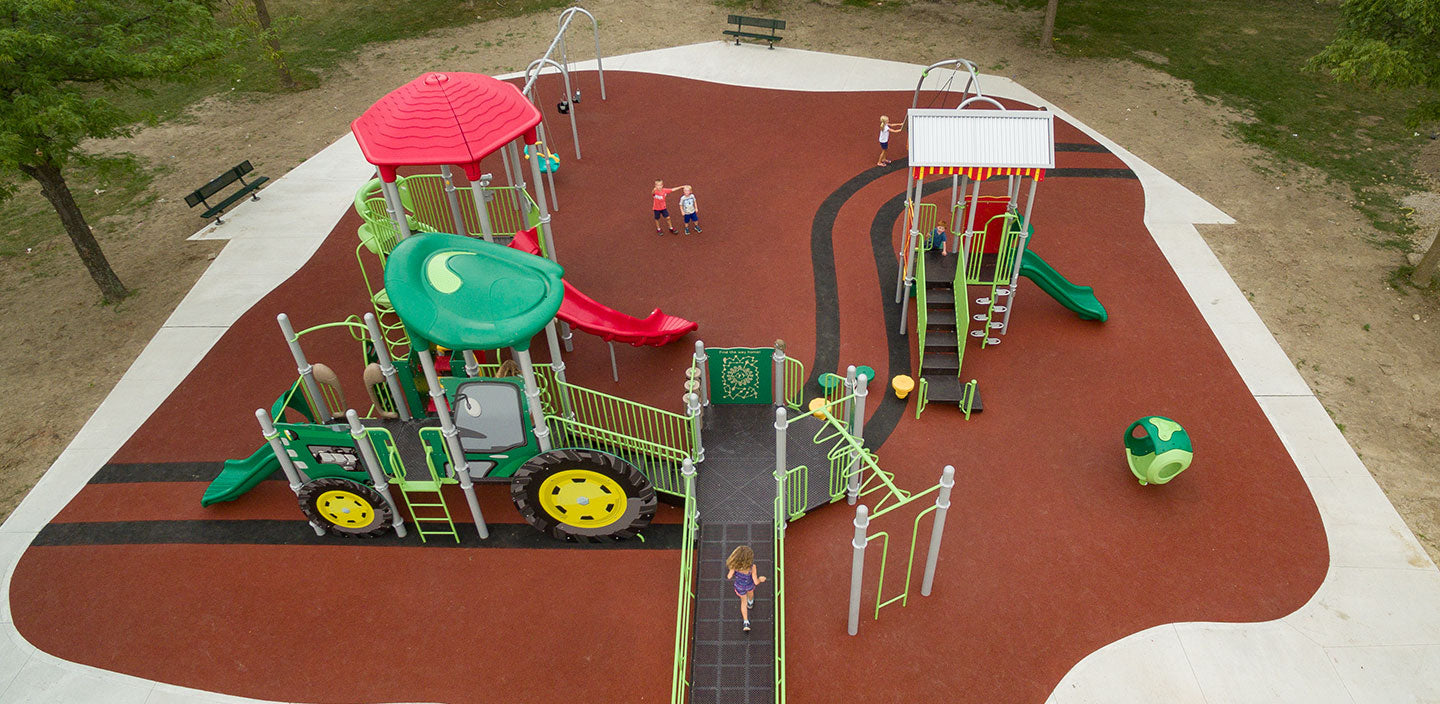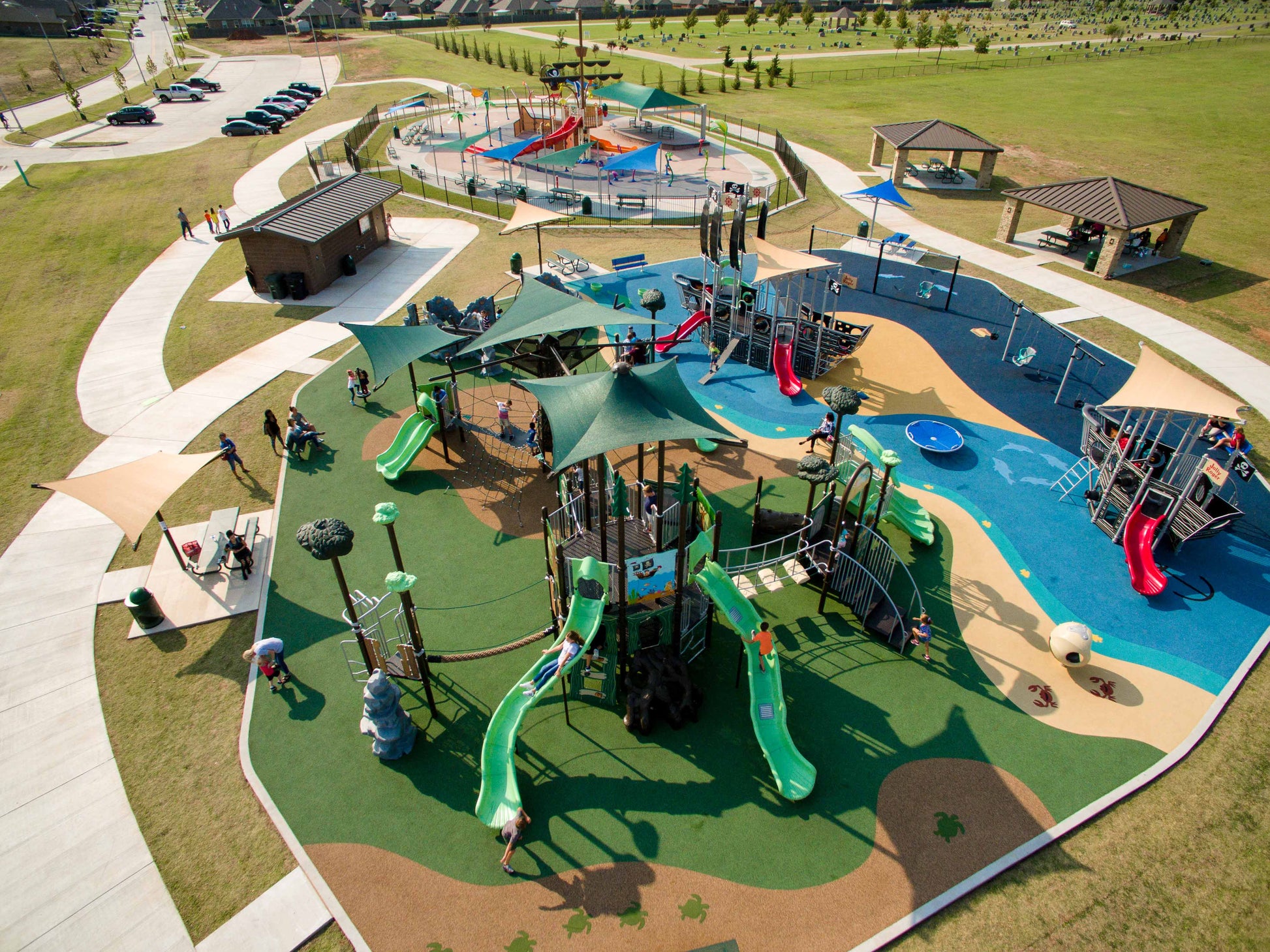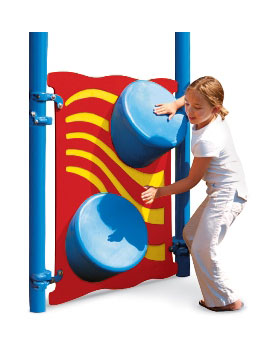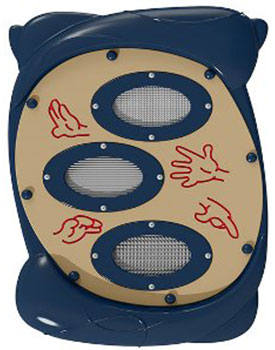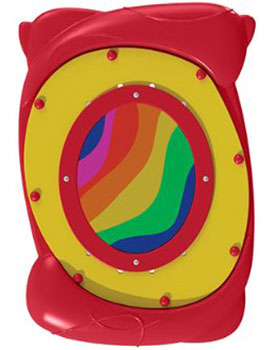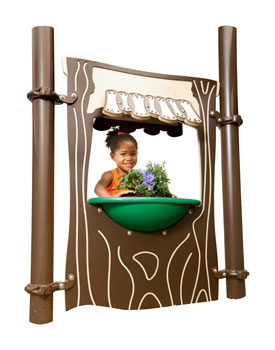Sensory Playgrounds
Product Description
Playgrounds are a place for play and exercise, but they can also inspire and promote development, especially if sensory elements are used. Sensory playgrounds use equipment and activities to stimulate all senses. A sensory experience can also make a play space more exciting for children, encouraging them to play. Playground musical instruments and other sensory equipment on playgrounds can even spark development by encouraging children to be more creative and to try different types of activities.
Sensory-sensitive play areas can be more inclusive by allowing children with different play styles and abilities to play, and play with typically-developing children. If a child has a disability and can’t climb bars or use the slide, he or she might still be able to play musical playground equipment or climb onto a space that’s meant for tactile play. Children on the autism spectrum might also find cozy places created for tactile experiences to be soothing when they get overwhelmed.
Types of Sensory-Rich Equipment for the Playground
Sensory playground equipment includes equipment designed to help children engage five senses:
1. Auditory playground equipment
Most children love to explore sound. They listen to music, explore different volumes and try to make different noises.
For most children, though, sound tends to be controlled by parents and teachers. Kids are often told what sounds are acceptable, how loud they can be inside and when they can make noise. Auditory equipment on the playground lets children make their own sounds. Some kids especially love being loud on the playground, where grown-ups don't have to tell them to quiet down.
2. Tactile playground equipment
Every surface has a texture, and playground equipment is no different.
By choosing equipment with a variety of textures children can learn how touch is an important sense. Younger children love tactile differences, especially if bright colors are also included. Tactile experiences help children process auditory and visual clues.
Children with Sensory Processing Disorder (SPD) do not integrate data from their nervous systems in the same way as a typically developing child. Their specific condition may not affect their sense of touch, but if it does, they will be either hypo or hyper-sensitive to tactile input. By offering a variety of tactile choices the child can choose to receive the input they need.
3. Visual playground equipment
Colors and shapes attract and keep the attention of most children from a young age.
Playground equipment that develops eye-brain coordination helps to create a rich learning environment.
4. Nature Play
Our children are more disconnected from nature than any other children in history, and we have little understanding of the long term consequences.
The playground is an ideal place to bring nature into the child’s environment.
Time in nature can boost the immune system, decrease stress levels and offer a sensory-rich environment that offers learning opportunities. A study done in Sweden found visiting natural areas reduced stress-related conditions while a small study of children with ADHD found that kids had an easier time focusing when they were in green or natural spaces.
If you’re interested in making your playground area more interactive inclusive for all kids, keep all five sensory types of playground equipment in mind. A play environment that uses sensory (and physical and social) activities contributes to a rich play experience. We believe in a) offering each child a challenge that is appropriate for them, and b) creating a rich play environment.
Please contact a sales-representative for more information at +974 3011-7005 or email Info@SensorySouk.com.
- Vendor: Sensory Souk
Have a question?
